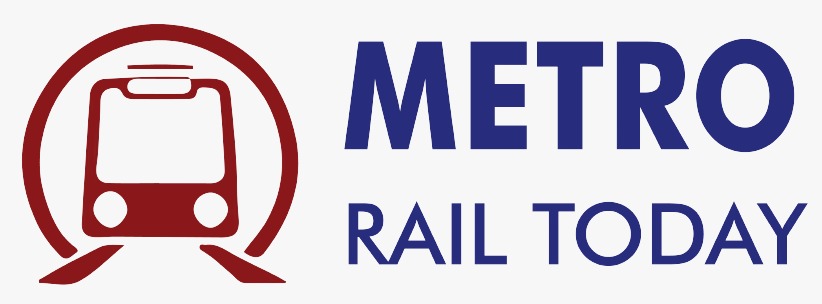 India’s First Bullet Train to begin Operations by August 2027: Railway Minister Ashwini Vaishnaw
India’s First Bullet Train to begin Operations by August 2027: Railway Minister Ashwini Vaishnaw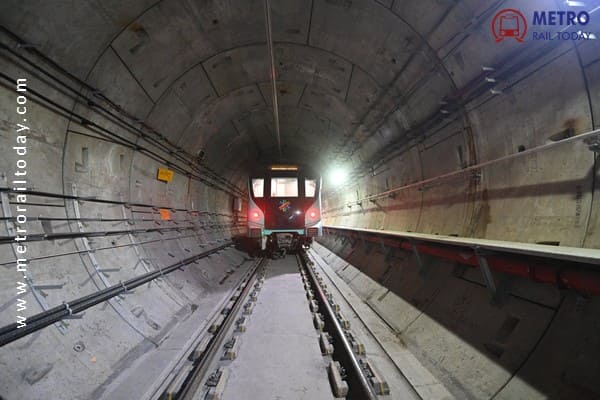 Leadership and Expertise behind the success of Mumbai Metro Line 3 (Aqua Line)
Leadership and Expertise behind the success of Mumbai Metro Line 3 (Aqua Line)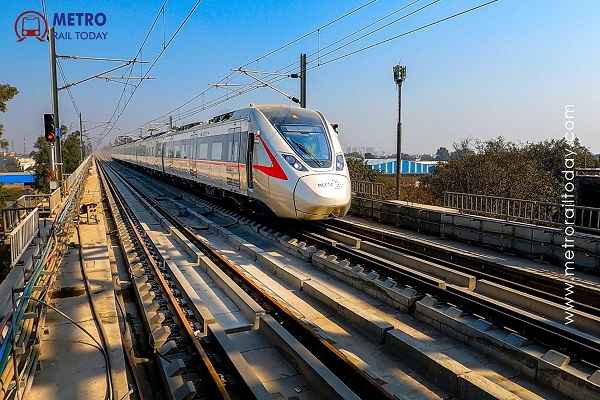 NCRTC to appoint General Consultant for Delhi–Gurugram–SNB Namo Bharat Corridor
NCRTC to appoint General Consultant for Delhi–Gurugram–SNB Namo Bharat Corridor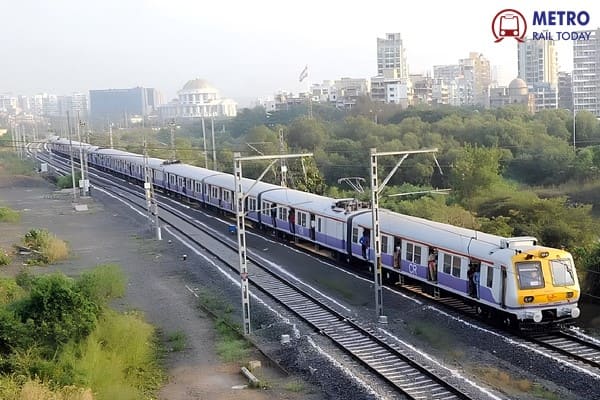 K-RIDE to float fresh civil tender after terminating L&T from Bengaluru Suburban Rail Project
K-RIDE to float fresh civil tender after terminating L&T from Bengaluru Suburban Rail Project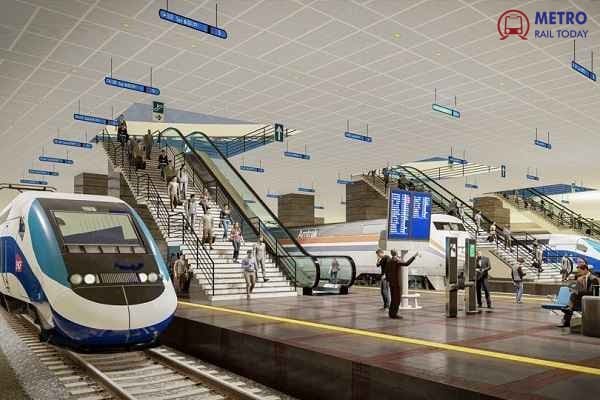 Airtel Business bags multi-year contract for Indian Railway Security Operations Centre
Airtel Business bags multi-year contract for Indian Railway Security Operations Centre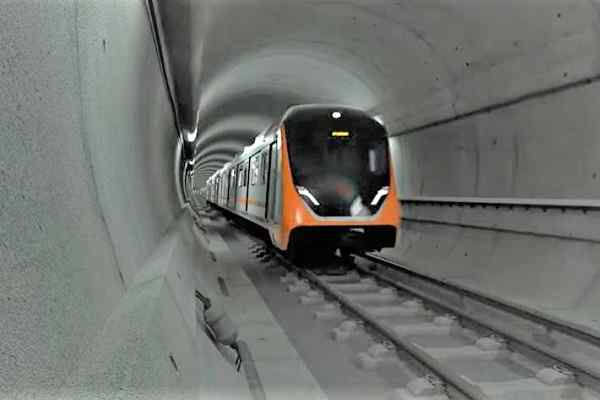 TBM Vidyarthi achieves Final Tunnel Breakthrough for Kanpur Metro Corridor 1
TBM Vidyarthi achieves Final Tunnel Breakthrough for Kanpur Metro Corridor 1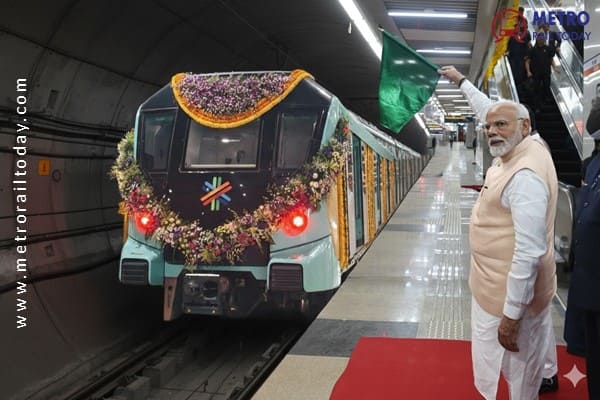 Prime Minister Narendra Modi inaugurates Final Phase of Mumbai Metro Line 3 (Aqua Line)
Prime Minister Narendra Modi inaugurates Final Phase of Mumbai Metro Line 3 (Aqua Line)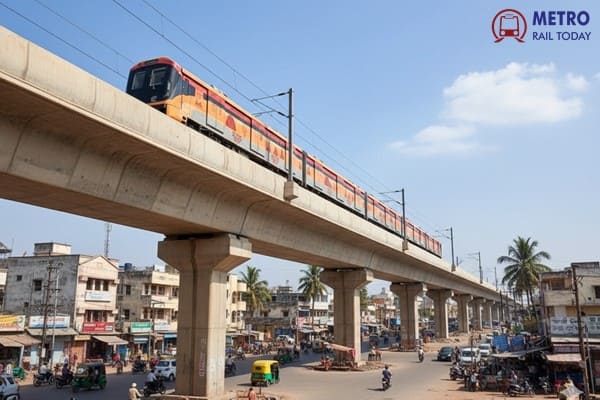 White Elephants on Rails: How Politically-Driven Metro Projects Are Draining Public Funds?
White Elephants on Rails: How Politically-Driven Metro Projects Are Draining Public Funds?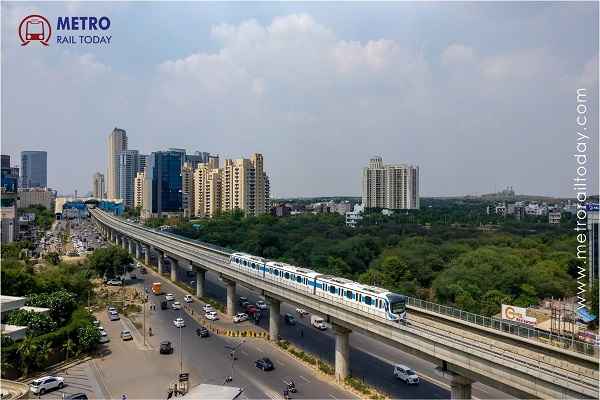 Gurugram Metro Construction Begins with First Piling Work Near Sector 31
Gurugram Metro Construction Begins with First Piling Work Near Sector 31 NCRTC and Gati Shakti Vishwavidyalaya sign MoU to boost Railway Education and Innovation
NCRTC and Gati Shakti Vishwavidyalaya sign MoU to boost Railway Education and Innovation
Beyond the Rails: What Indian Metros Can Learn from the World's Best
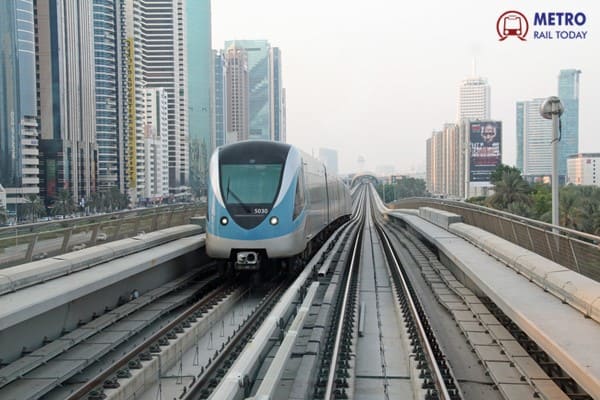
As India's urban landscape transforms, the metro rail emerges as the backbone of its major cities. With a rapidly expanding network, India is poised to address its formidable challenges of congestion, pollution, and urban sprawl. However, the path to a truly world-class metro system requires looking beyond national borders and learning from the successes of global pioneers. While Indian metros have made remarkable strides, they face significant hurdles, including fragmented regulation, limited non-fare revenue streams, and operational inefficiencies. By studying and adapting the best practices of global leaders like Hong Kong, Tokyo, Singapore, Seoul, London, Dubai, and Copenhagen, India can create a sustainable, efficient, and passenger-centric metro network.
The Financial Blueprint: From Transit to Urban Business Model
One of the most profound lessons for Indian metros comes from Hong Kong's MTR (Mass Transit Railway). The MTR's success lies in its revolutionary "Rail + Property" model, which is arguably the most successful metro business model in the world. Instead of relying solely on ticket revenue, MTR leverages its real estate holdings. The government grants MTR development rights for land around new stations. MTR develops this land into commercial and residential properties, and the profits generated from these developments are used to fund the construction and operation of the metro lines. This creates a virtuous cycle: the new metro line increases the value of the surrounding land, and the revenue from developing that land funds further expansion.
In contrast, most Indian metros rely heavily on government subsidies and fare revenue, which are often insufficient to cover operational and expansion costs. This financial model is unsustainable in the long run. By adopting a robust Transit-Oriented Development (TOD) policy, Indian cities can unlock the immense value of land surrounding metro corridors. This involves creating high-density, mixed-use developments that integrate residential, commercial, and recreational spaces with the metro station. The revenue generated from these developments, through land value capture taxes, leasing of retail spaces, and advertising, can create a powerful non-fare revenue stream. This approach transforms the metro from a mere transport utility into an integrated urban business model, ensuring its financial self-sufficiency and funding future growth without a heavy burden on public exchequers.
Operational Excellence: The Pursuit of Punctuality and Reliability
Global leaders set the gold standard for operational excellence. Tokyo and Singapore are legendary for their punctuality, with delays often measured in mere seconds. This level of reliability is not an accident; it's a result of meticulous planning and a strong focus on Reliability, Availability, Maintainability, and Safety (RAMS). In these cities, metro operators use sophisticated predictive maintenance systems. Instead of waiting for a component to fail, sensors and data analytics predict when maintenance is needed, allowing for proactive intervention. This prevents breakdowns, minimizes service disruptions, and ensures an availability rate exceeding 98%.
Indian metros, while improving, still face challenges with timely service and operational hiccups. Adopting predictive maintenance and RAMS-based contracts is crucial. By leveraging data analytics and the Internet of Things (IoT), metro operators can monitor the health of their assets, from tracks and trains to signaling systems. This shifts the maintenance paradigm from reactive to proactive, significantly improving reliability and reducing costly downtime. Implementing strict, performance-based contracts with vendors that tie payments to RAMS metrics will also incentivize a culture of excellence and accountability.
The Passenger-Centric Approach: Beyond Just Getting from A to B
A world-class metro system is defined by its focus on the passenger experience. Seoul and London are prime examples of this. They excel in providing seamless multimodal ticketing and real-time information. The Oyster card in London and the T-money card in Seoul are single, integrated ticketing systems that work across the metro, buses, and other public transport modes. This eliminates the hassle of purchasing multiple tickets and encourages the use of public transport.
Indian metros often suffer from fragmented ticketing systems, with different operators for metro, buses, and suburban trains. A unified ticketing system is a key takeaway. This requires a collaborative approach between different transport agencies and the adoption of open-source technology standards. Furthermore, providing real-time information about train arrivals, delays, and platform changes through mobile apps and digital displays is critical. Quick and transparent complaint resolution mechanisms also build passenger trust and loyalty. A robust Passenger-Centric Key Performance Indicator (KPI) framework that measures metrics like on-time performance, cleanliness, and passenger satisfaction is essential to drive continuous improvement.
Embracing Automation: The Leap to Driverless Technology
The future of metro operations is automation. Dubai and Copenhagen have successfully implemented Grade of Automation 4 (GoA4), which refers to fully automated, driverless train operations. These systems boast reliability rates of over 99%, reduced operational costs, and the ability to run trains at higher frequencies. GoA4 also enhances safety by eliminating human error.
While India's metro systems are not yet at GoA4, many new lines are being built with the infrastructure to support it in the future. The next step is to embrace this transition. This requires careful planning, investment in advanced signaling and communication systems, and a phased approach to implementation. It also necessitates a shift in the workforce, focusing on skills related to maintenance, software management, and remote supervision rather than train driving. GoA4 readiness is not just about technology; it's about preparing the regulatory and operational frameworks to manage a fully automated network.
Sustainability and Unification: The Path Forward for India
Beyond the lessons in finance, operations, and passenger experience, two critical areas for Indian metros are sustainability and governance.
Energy Efficiency: Metro systems are significant consumers of electricity. However, they also offer a unique opportunity for energy conservation. Regenerative braking is a technology that captures the kinetic energy of a train during braking and converts it back into electricity, which can then be used to power other trains or be fed back into the grid. While many Indian metros have this technology, its full potential is often underutilized. Optimizing the use of regenerative braking and investing in energy-efficient systems like LED lighting and smart ventilation can lead to substantial cost savings and a reduced carbon footprint.
A Unified Regulatory Framework: Indian metros are currently governed by fragmented regulations, with different cities and states having their own rules and authorities. This can hinder interoperability, delay projects, and create inconsistencies in standards. The establishment of a Unified Metro Regulator would provide a cohesive framework for all metro systems in the country. This regulator could set national standards for safety, technology, and operations, ensuring consistency and promoting a collaborative approach to problem-solving. It would streamline the approval process for new projects and facilitate the exchange of best practices across different metro corporations.
In conclusion, the journey of Indian metros is a testament to the nation's rapid urbanization. However, to truly elevate these systems to a global standard, a paradigm shift is necessary. By embracing the financial innovation of Hong Kong's Rail + Property model, the operational rigor of Tokyo and Singapore, the passenger-centricity of Seoul and London, and the technological leap of Dubai and Copenhagen, Indian metros can evolve from mere transit providers into sustainable, financially viable, and world-class urban business models. The future of India's cities lies in a metro network that is not only efficient and reliable but also an engine for economic growth and a beacon of urban innovation.
